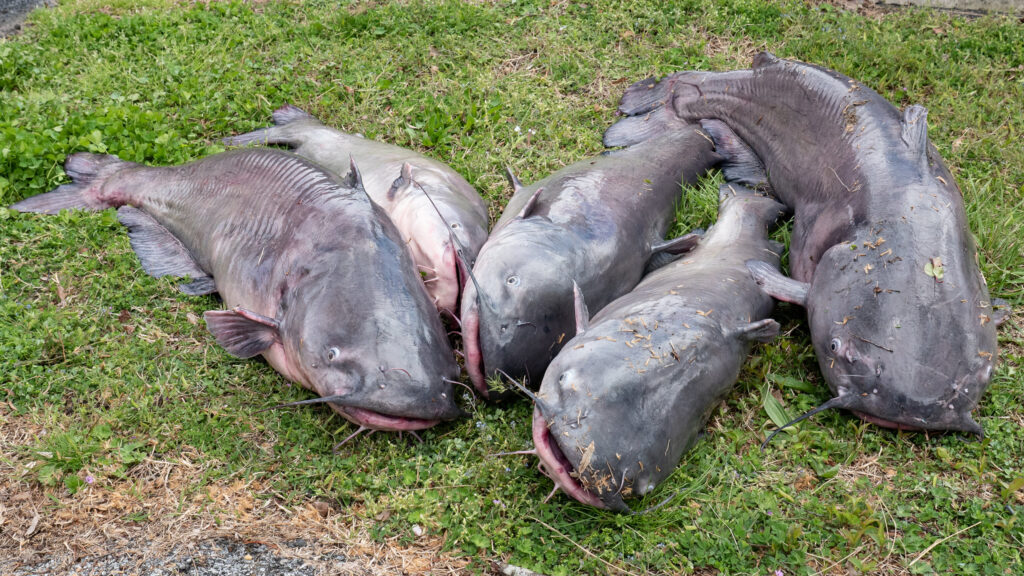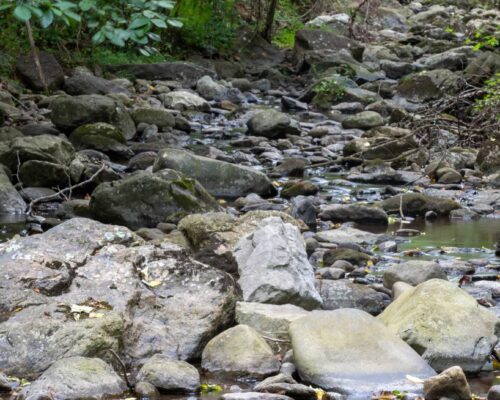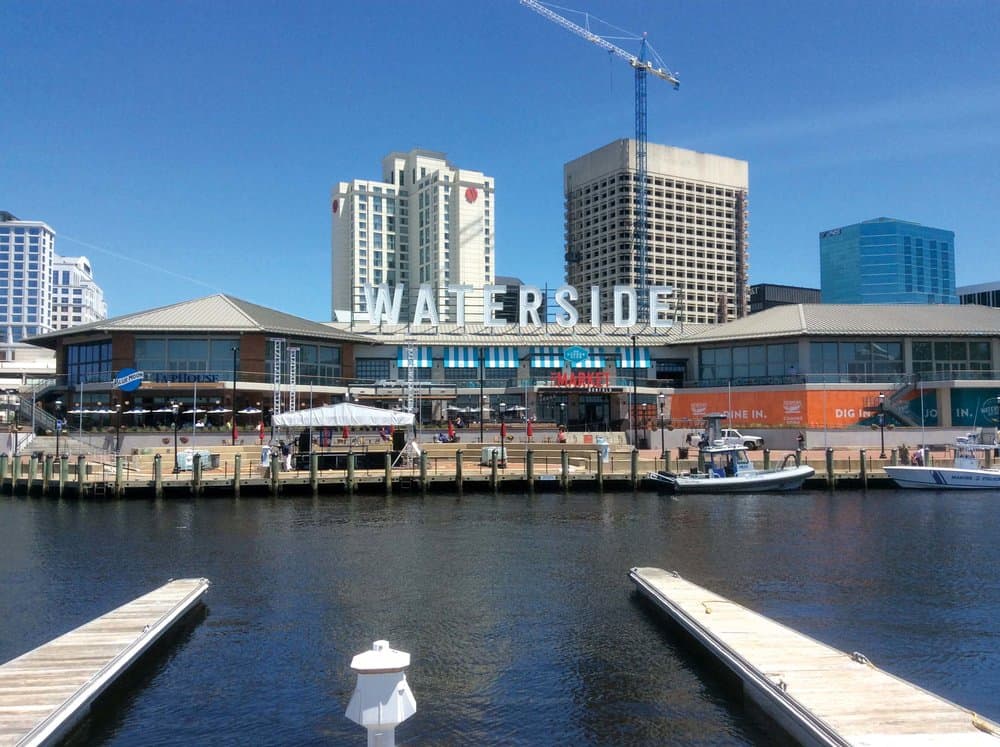The Bay states seem to be working all angles to fight the growing invasive blue catfish population. In the most recent push, the Maryland Department of Natural Resources (DNR) is introducing two different pilot programs designed to increase the blue cat commercial catch.
The first pilot program will allow fishing charter operators to harvest blue catfish commercially while they are out on a for-hire charter. Crew limits will be removed during hook-and-line fishing trips that target blue catfish.
DNR explains that the program is designed to give captains a financial incentive to sell excess catfish after a charter, rather than releasing the invasive fish alive, back into the Bay. While it is a pilot program, there is no maximum number of participants. Charter fishermen need the appropriate commercial fishing license. The charter trip must target blue catfish. All charter catches and commercial harvests must be reported daily.
The pilot program comes at a time when Maryland charter operators have fewer and fewer opportunities to target the state’s most popular sportfish, striped bass (known regionally as rockfish). Again this season, charter guests will only be able to take home one rockfish per person, and there will be a mid-season closure to protect fish from high catch-and-release mortality rates in the heat of summer.
Rockfish limits like those, designed to combat the decline of rockfish populations in the Bay, may leave charter operators looking for other species for their charter guests to target. They report fewer guests are booking charters to catch just one rockfish. That’s where blue catfish could come in. When we asked the Maryland Charter Boat Association whether this pilot program could help recoup some of the lost revenue from the charter rockfish industry.
Charter Boat Association President Brian Hardman says, unfortunately, it likely won’t be enough to make a big difference. “While the program sounds good, it will not have any effect on us trying to rebuild our business,” Hardman says. “Blue cat fishing is not consistent in the middle Bay and upper Bay. One day you catch 8-10, then the next three days 1-2. Middle and upper Bay will have no benefit from this.”
Still, Hardman says some Maryland charter operators will participate in the pilot program. “We will have boats sign up for it, but it will not help us financially.”
Applications for the program are open now and will be reviewed on a rolling basis. Apply here.
DNR’s ultimate goal is to reduce the amount of blue catfish in Maryland waters. A second pilot program seeks to take even more blue cats from the Bay by allowing trotlines for catching finfish to be placed south of the Bay Bridge. A small number of commercial harvesters will be allowed to use finfish trotlines in the mainstem Chesapeake Bay, south of the bridge. DNR will use this experimental program to examine bycatch, user conflicts, and any other issues that come up before proposing changes to statewide regulations that would allow more widespread use of trotlines for blue catfish.
Any watermen who want to apply for the trotline pilot program must have a Maryland Unlimited Tidal Fish License or Unlimited Finfish Harvester License. All harvests must be reported to DNR. Applications are open now through Feb. 20. Learn more or apply here: Mid- and Lower-Bay Finfish Trotline Pilot Program




